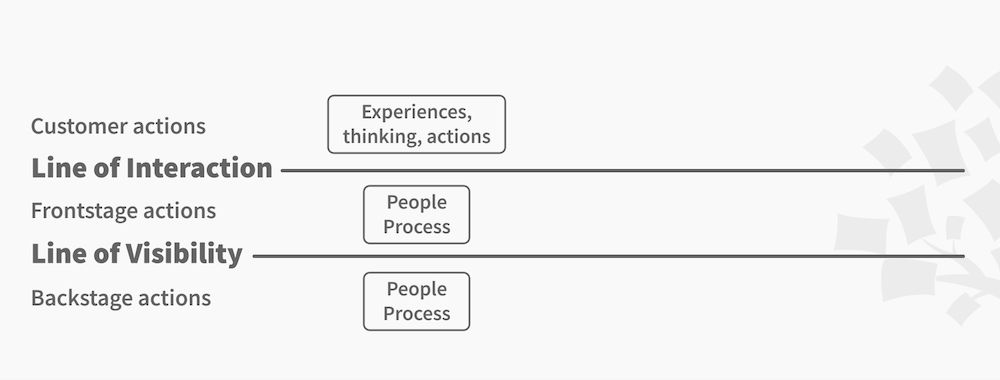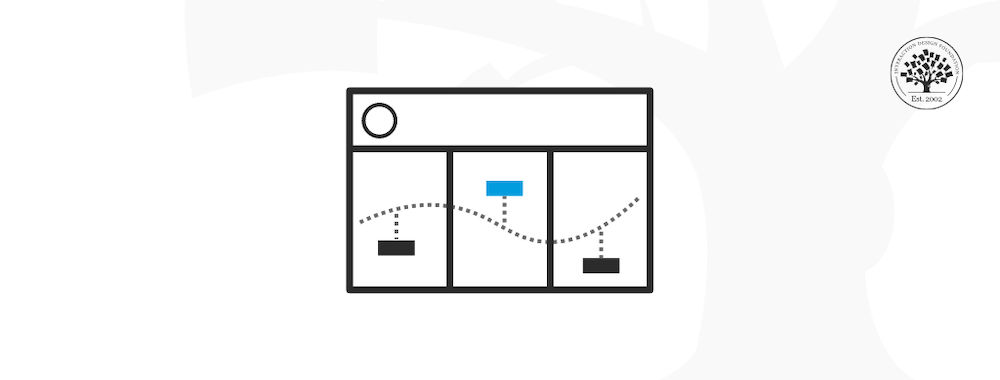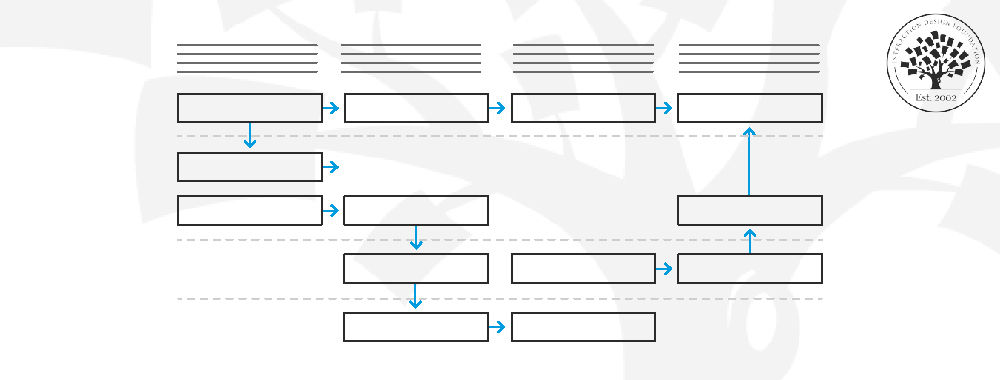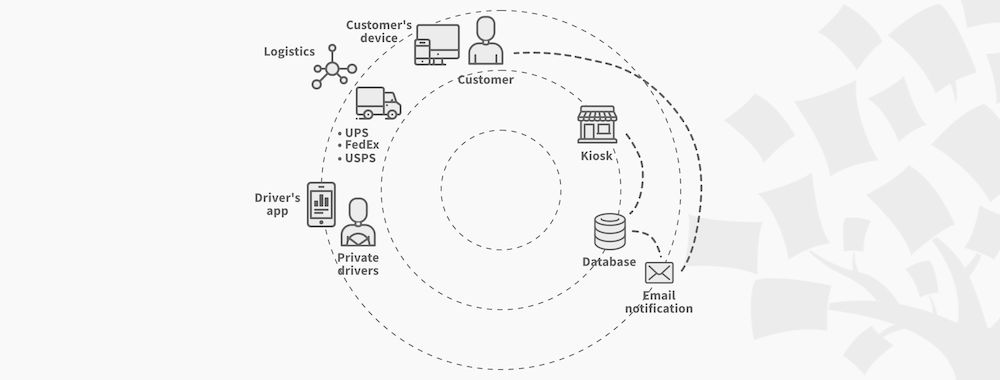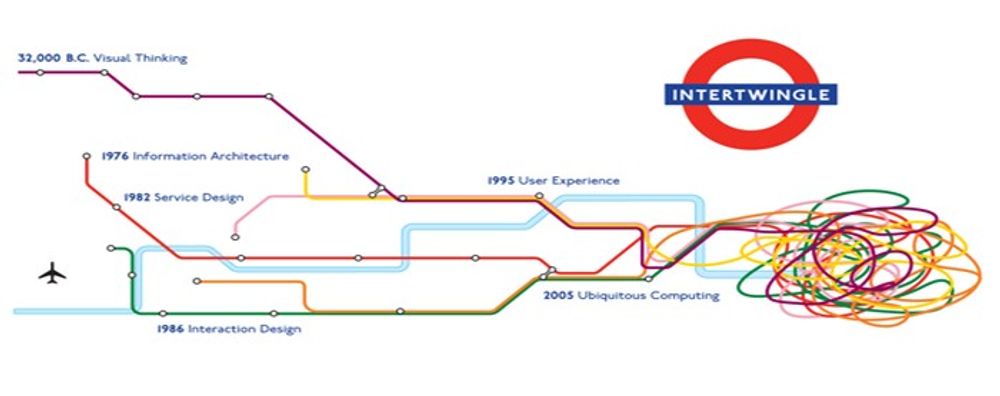It’s important to know the terminology of service design so we can fully understand what it is, and so we are able to talk about it in an effective way. Here we’ll hear from different service designers about how they define service design and why a theater is such a fitting metaphor for staging a service experience.
Show
Hide
video transcript
- Transcript loading…
How do the concepts of 'front' and 'back' help you understand the staging of Service Design?
In this interview, David Bill, Service Designer at Booz Allen Hamilton, explains which terminology he uses to differentiate between aspects of a service design that are customer-facing and those that happen behind the scenes. We’ll also learn why the aspects of a service design which happen backstage are crucial to the frontstage service experience.
Show
Hide
video transcript
- Transcript loading…
The frontstage is where customers experience and interact with a service, but behind the line of visibility the backstage plays a crucial role in delivery of the service. As David Bill explains, service designers talk about the 'line of interaction' and the 'line of visibility' to clarify where and how an aspect of a service design impacts customers, staff and business systems. It’s important that we consider both the frontstage and backstage in any kind of service design if we want to be able to deliver a great service experience.
Kudoz Learning Experiences: An Example of Backstage Service Design
Director and Service Design Lead at InWithForward, Jonas Piet provides an example of how the design of backstage actions is crucial to the service experience of the Kudoz learning platform.
Show
Hide
video transcript
- Transcript loading…
References and Where to Learn More
Learn more about best practices for service design here.
You can read more about the front and backstage of service design here.
Images
Hero illustration: © Interaction Design Foundation, CC BY-SA 3.0
